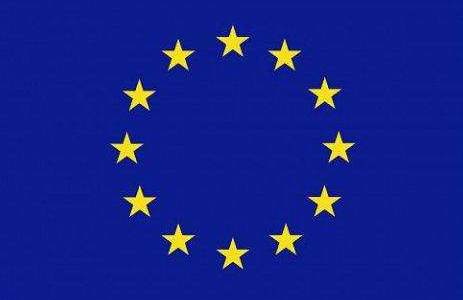
The European Union Scientific Committee on Consumer Safety (SCCS) adopted the final revision of the scientific opinion (SCCS/1639/21) on vitamin A (this covers retinol, retinyl acetate, and retinyl palmitate*) during the plenary meeting on October 24-25. Previously, on October 6, 2016, the SCCS issued a scientific opinion (SCCS/1576/16) on vitamin A to assess the safety of its use as a cosmetic ingredient. SCCS/1639/21 is an updated version of SCCS/1576/16.
SCCS/1576/16:
1) The SCCS estimated that exposure to vitamin A from body lotion at the maximum concentration of 0.05% is safe.
2) The SCCS estimated that exposure to vitamin A from leave-on (other than body lotions) and rinse-off products at the maximum concentration of 0.3% is safe.
Cosmetics | Retinol equivalent concentration | Daily systemic dose for adults (IU) | Proportion in the upper limit of vitamin A (UL) 5000 IU/day | Safe/ Unsafe | |
Body lotions | 0.05% | 1003 | 20% | Safe | |
Leave-on (other than body lotions) and rinse-off products | Hand cream | 0.3% | 1661 | 33% | |
Face cream | 1185 | 24% | |||
Rinse-off products | 408 | 8.8% | |||
The SCCS also estimated that in extreme situations, exposure to vitamin A from all cosmetic products (including lip products) may lead to a daily systemic dose of 4855 IU for an adult, which constitutes up to 97% of the UL of 5000 IU/day of vitamin A. The daily systemic dose is at 4256 IU for an adult (lip products not included), constituting up to 85% of the UL of 5000 IU/day of vitamin A. These estimates are based on a worst-case scenario assuming that all the cosmetic products used (hand and face cream, body lotion, rinse-off products, and lip products) contain vitamin A at the maximum concentrations.
The SCCS worried that consumers may be exposed to an excessive amount of vitamin A. It is known that the intake of vitamin A in daily diet is very close to the maximum allowable intake, as a result, other exposure sources such as cosmetics may lead to excessive intake of vitamin A. Therefore, based on the doubt about whether vitamin A exposure in cosmetics exceeds the safety value, the SCCS conducted another safety assessment and issued an update on the scientific opinion on vitamin A (SCCS/1639/21):
The SCCS is of the opinion that vitamin A in cosmetics at the concentrations of 0.05% Retinol Equivalent (RE) in body lotion, and 0.3% RE for other leave-on and rinse-off products is safe. Regarding the contribution from cosmetics to overall/total exposure, no conclusion can be drawn due to inconsistencies in the presented model calculations. However, the probabilistic assessment regarding the contribution of food and food supplements shows that the exposure to vitamin A of the most exposed consumers (5% of the total population) may already exceed the upper limit. Compared to food, the contribution of vitamin A from cosmetics is lower. However, it will add to the overall consumer exposure and this may be of concern for consumers with the highest exposure (5% of the total population) to vitamin A from food and food supplements.
CIRS Group launched the Chinese Cosmetic Ingredient Regulatory Database (China CosIng) that allows domestic and overseas cosmetic companies and ingredient suppliers to quickly search whether a cosmetic ingredient or substance is listed in the cosmetic catalogs. If you would like to know more information about vitamin A, please search the China CosIng Database.
If you have any needs or questions, please get in touch with us via service@jianzaoshiwang.cn.
* Vitamin A refers to a group of substances but the SCCS scientific opinion refers to retinol, retinyl acetate, and retinyl palmitate. We will just use the term vitamin A throughout the article.
Further Information

